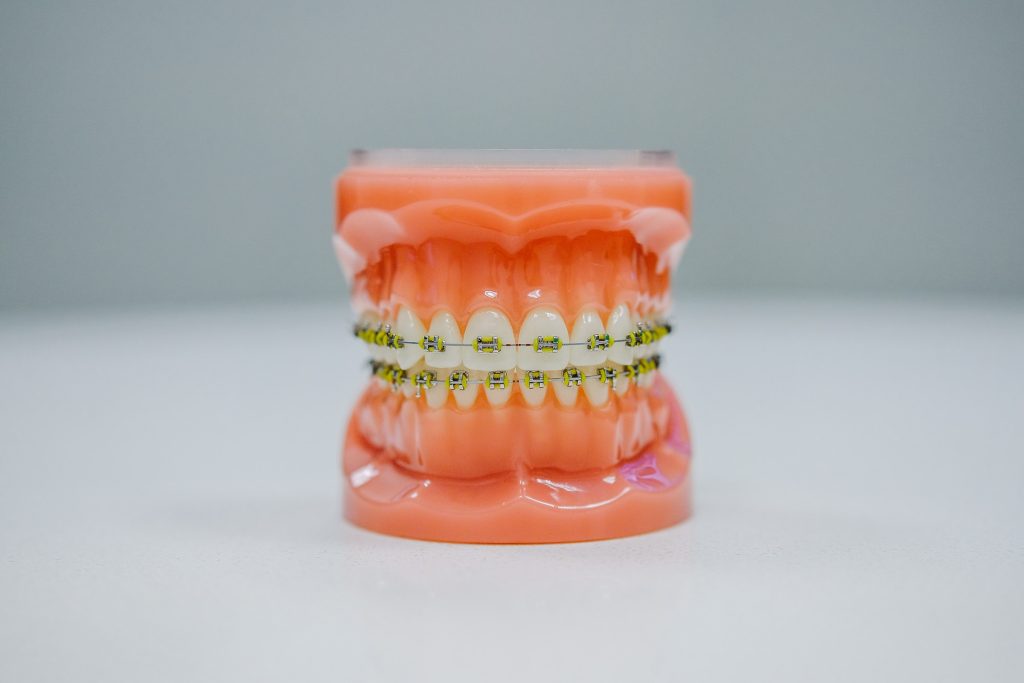What You Need To Know About Braces
Braces, the orthodontic appliances designed to straighten teeth and correct misalignments, have been a popular choice for individuals seeking a more confident smile.
Despite the availability of different materials, metal braces continue to be the prevailing choice. The question arises: why are braces predominantly made of metal? Multiple reasons support this decision.

Primarily, metal braces are recognized for their exceptional durability. They are crafted from premium-grade stainless steel, renowned for its remarkable resistance to both corrosion and wear. This ensures that the braces remain intact and functional throughout the entire treatment process, which can often span several months or even years.
The sturdy nature of metal braces allows them to withstand the forces and pressures involved in moving teeth into their proper positions effectively.
Metal braces offer additional benefits due to their versatility. The metal brackets used in this type of braces are precisely engineered to accommodate the archwire and other components, allowing for precise control over the movement of teeth. This level of control is crucial in achieving the desired orthodontic results.
Metal braces also offer excellent biomechanical properties. The archwire used in metal braces is made of a shape-memory alloy, typically nickel-titanium, which has the ability to apply consistent pressure on the teeth. Over time, this pressure gently nudges the teeth into their proper alignment. Additionally, the small elastic ligatures used to secure the wire to the brackets allow for easy adjustments during treatment.

Cost-effectiveness is another factor that contributes to the popularity of metal braces. In terms of cost, metal braces are generally more economical than alternative orthodontic options, ensuring accessibility to a broader spectrum of individuals in need of orthodontic treatment.
